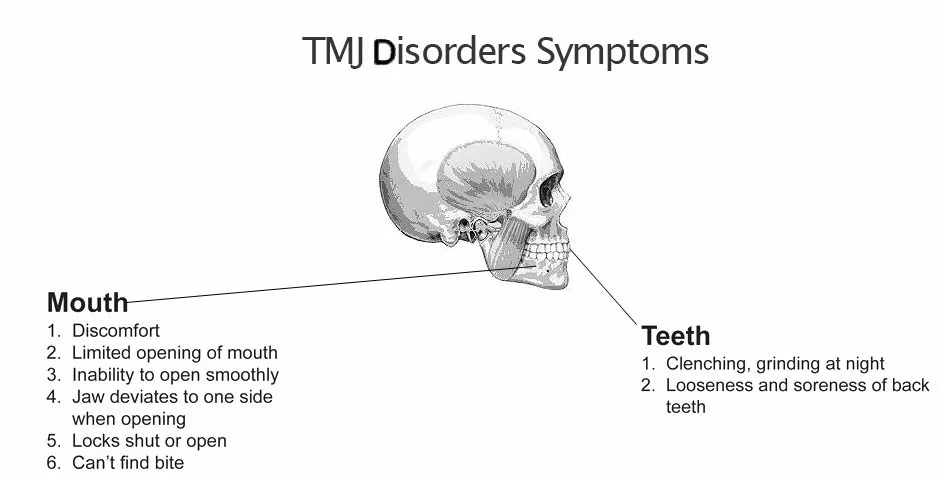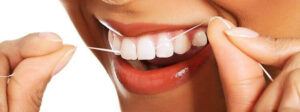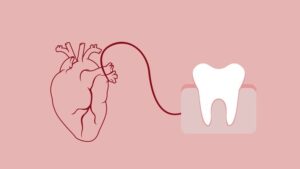Temporomandibular disorders (TMD) are caused due to jaw problems, jaw joint troubles and nearby facial tissues accountable for moving and chewing the jaw. These disorders are actually TMD but have gained a distorted name TMJ, which means temporomandibular joint.
TMJ is the flexible joint that connects the lower jaw to the bones near the temples of the skull, located in front of the ear on both sides of the head. These joints allow smooth up and down and side to side jaw movement. It enables you chew, talk, and yawn and any facial movement in which jaw is involved.

Causes of TMD
Albeit, the reason of TMD is unclear, but mostly it is due to temporomandibular joint, injury to the jaw and tissues of the neck and head that may lead to TMD. Some other causes could include:
- Clenching of teeth that puts pressure on the TMJ
- Displacement of the soft disc or cushion between the socket and ball
- Rheumatoid arthritis and osteoarthritis in the TMJ
- Stress that often compels you to clinch facial and jaw muscles or the teeth
Signs of TMD
Some common signs of TMD may include:
- Tenderness or pain in the jaw joint location, face, shoulders and neck and around the ear, which appears while speaking, chewing, or opening your mouth wide
- Cannot open the mouth very wide
- Jaws get stuck when you open or close the mouth
- Popping or clicking sounds from the jaw joint during opening and closing the mouth and often while chewing also
- Lethargic feeling especially in the face
- Difficulty in chewing as both the teeth lines are not compatible
- Swelled face sidewise
Some other popular signs include headaches, toothaches, dizziness, earaches, neck aches, hearing issues, upper shoulder pain, and ringing sound in the ears.
How Is TMD Diagnosed?
The dentist will check your temporomandibular joints for tenderness and pain, try to listen for clicking and other prevalent signs, look for restricted movement of the jaws etc. Often panoramic x-rays may be recommended. All these tests allow the dentist to have a clear view of the TMD symptoms. Some imaging tests, like magnetic resonance imaging (MRI) and computer tomography (CT) may also be recommended.
Treatments of TMD
Some common traditional treatments include:
Apply Cold or Moist Heat Packs: You can administer the ice pack to get relief from the pain and swelling in 10 minutes. You should also perform some stretching exercises of your jaw, which should be followed by the warm towel pack for a few minutes.
Avoid Hard Foods: You should eat soft food items like yogurt, cottage cheese, mashed potatoes, soup, boiled fruits etc. Decrease the chewing process.
Take Medications: Opt for the right medication to relieve swelling and muscle pain. The drugs could be nonsteroidal anti-inflammatory drugs (NSAIDs). In addition, anti-anxiety medications and can also help, which are available on prescription.
Laser Therapy: It can cut down on the inflammation and pain. It can also widen the opening of the mouth.
Wear Night Guard: Night guards can be fitted over the teeth to prevent the effect of grinding the teeth. Your dentist can advise the type of mouth guard you require.
Corrective Dental Treatments: There are several treatments that can correct this disorder like replacing missing teeth, braces, crowns, bridges to get the right surfaces of your teeth.
Relaxation Techniques: It may allow you to control muscle stress in the jaw. Physical therapy and massage treatment can help. You should also opt for stress reduction therapy and biofeedback.
Scientific Treatments for TMD
If the above treatments fail your dentist may advise any of the following treatments to you:
- Transcutaneous Electrical Nerve Stimulation: In this therapy low-intensity electrical current is provided for getting relief from pain by easing the facial tissues and jaw joints.
- Ultrasound: In this treatment deep heat is applied to the TMJ to relax from the soreness and to promote mobility.
- Trigger-point Injections: In this process pain relieving medication or anesthesia is permeated into the facial muscles also known as “trigger points” to get relief from pain.
- Radio Wave Therapy: In this therapy radio waves are created by applying electrical vibration to the joint, which stimulates blood flow. It gives relief from pain to the patient.
Dental Surgery for TMD
Surgery is the ultimate remedy when all other options fail to offer any relief. There are three categories of surgery prevalent for TMD:
- Arthrocentesis: It’s a small procedure performed applying general anesthesia. If you are suffering from the sudden – onset and restricted jaw opening issues and have no severe history of TMJ issues. In this surgery needles is inserted within the joint for cleaning the joint with sterile liquids. Often in this process a blunt device can also be placed inside of the joint to remove a disc stuck in front of condyle.
- Arthroscopy: For this you will be given general anesthesia and the dental surgeon will make a tiny incision by the side of your ear and put a thin instrument with lens and light inside the incision. It is connected to a video screen, enabling the surgeon to view the TMJ and the nearby area. Now the surgeon will remove the inflamed tissue or adjust the disc or condyle.
Open-joint Surgery: You would be given general anesthesia and the entire area surrounding the TMJ is opened to have a complete view and improved access by the dental surgeon. Open joint surgery are of several types and is mostly performed if the bony structures are worsening that encompasses the jaw joint, there are tumors in the joint or its surrounding area, there are chips of bone or scarring in the joint.
This surgery takes longer compared to other surgeries in terms of recuperating process.
Visit your dentist right away if you are facing any trouble in eating or opening your mouth.
Just remember there could be several possible conditions and causes that may lead to TMD symptoms, ranging from whiplash injuries to arthritis etc. Let your dentist understand your condition and suggest the best remedy!



